The Story of Icewine
There is a mystique and romance that’s grown up around Icewine. It’s called Canada’s “liquid gold”, receives critical acclaim, wins gold medals in international competitions and commands high prices. It has acquired the status of being the flagship product that has made the world take notice of Ontario winemaking. Still, for all its fame, many consumers have only a vague understanding of what differentiates Icewine from other wines, when it should be served and with what foods (is it just a dessert wine?), and why it is a higher price point.
The story of Icewine is, for many Canadians, a source of pride. When consumers hear how Icewine is made, why Ontario’s wine regions are exceptionally well suited for Icewine, and the international attention these wines have received, they are intrigued and keen to try it.
The Cold Facts on Icewine
A Little Bit of History
It is said that Icewine was accidentally discovered in Germany in 1794 by farmers trying to save their grape harvest after a sudden frost. In the 1980s, perceptive vintners recognized that Ontario’s cold winters would provide the perfect conditions for producing exceptional Icewine. The rest, as they say, is history.
In 1991, Inniskillin entered its 1989 Vidal Icewine at Vinexpo in Bordeaux where it won the Grand Prix d’Honneur and the world’s attention. Since that time, Ontario’s Icewines have been unrivaled on the world stage. Year after year, they bring home gold medals and critical acclaim from the most prestigious international competitions.
What is Icewine and How is it Made?
Icewine is a dessert wine renowned for its intense flavours, rich bouquet and unsurpassed smoothness. It is produced from grapes that have been left on the vine after the fall harvest. When temperatures dip to -8ºC (or lower) the frozen grapes are handpicked and pressed immediately to carefully release a thick, rich, yellow-gold liquid, highly concentrated in natural sugars and acidity. See our video on how Icewine is made here!
VQA Requirements for Icewine
- Production must be monitored by a VQA-appointed agent who will stop the harvest once the temperature rises above -8°C.
- It must be produced as a varietal from approved grapes.
- The grapes must be naturally frozen on the vine and harvested and pressed in a continuous process while the air temperature remains at or below -8°C.
- 100 percent of the grapes must be grown within a viticultural area, which must be indicated on the label.
- The average sugar level of the juice used must reach at least 35° Brix (Brix is the measurement of sugar in grapes) and both the alcohol and residual sugar in the finished wine must result exclusively from the natural sugar of the grapes.
Why is Ontario one of the World’s Leading Producers of Icewine?
To produce Icewine, summers must be hot and winters must be cold and sharp. Of all the wine-producing regions in the world, only Ontario has a winter climate sufficiently cold to ensure an Icewine crop every year. Even Germany cannot produce an Icewine every vintage.
Why is Icewine So Expensive?
- The production of true Icewine is risky. Icewine producers leave select vineyards unharvested and wait for winter to set in. The fruit left on the vine after the normal fall harvest is vulnerable to rot, ravaging winds, hail, hungry birds and animals.
- The making of Icewine is labour intensive. In order to ensure that the grapes are harvested when frozen solid, a trained workforce must be available to go out into the vineyards in the middle of the night at temperatures below -8°C to pick the frozen grapes by hand. The grapes must be pressed immediately while they are still frozen.
- Yields are small. It takes about 3.5 kilograms of Riesling grapes or three kilograms of Vidal grapes to produce one 375-millilitre bottle of Icewine. The same amount of grapes would produce six to seven times as much table wine.
Which Grape Varieties Are Used for Icewine?
- The majority of Icewine continues to be made from Riesling and Vidal. Riesling produces an Icewine with more acidity than Vidal.
- Other varieties used include Gewürztraminer, Cabernet Franc, Merlot, Pinot Gris, Chardonnay, Muscat Ottonel, and Gamay.
- Newer variations to look for: sparkling Icewine and other varietals.
Icewine — Not Just a Dessert Wine
- If you’re serving Icewine with dessert, make sure the dessert is less sweet than the Icewine (try fruit-based desserts such as peach cobbler, cheesecake or unsweetened fruit pies).
- Serve as a starter with pâté or foie gras.
- Enjoy anytime alongside fresh fruit and young, soft cheese.
- And, it’s superb all by itself.
Some Serving Tips
- Chill Icewine in an ice bucket for 15 minutes or refrigerate for two hours before serving.
- Serve Icewine in a traditional white wine glass to fully enjoy the rich, full bouquet.
- Allow 1.5 ounces per person.
- Once opened, Icewine will keep for several weeks if sealed in the refrigerator.
Imitations Are Not the Same
There’s a growing market in fake Icewine (particularly in Asia), as producing the real thing involves financial risk and intensive labour. It’s cheaper and easier to freeze grapes artificially, use concentrate, and sweeten or fortify wines. But the result is a poor imitation.
To distinguish the real from the fake, look for the word “Icewine” to be spelled as a single word and make sure the VQA logo is properly displayed on the bottle. “Icewine” is a registered trademark in Canada and can only be used by producers of VQA-approved Icewine.
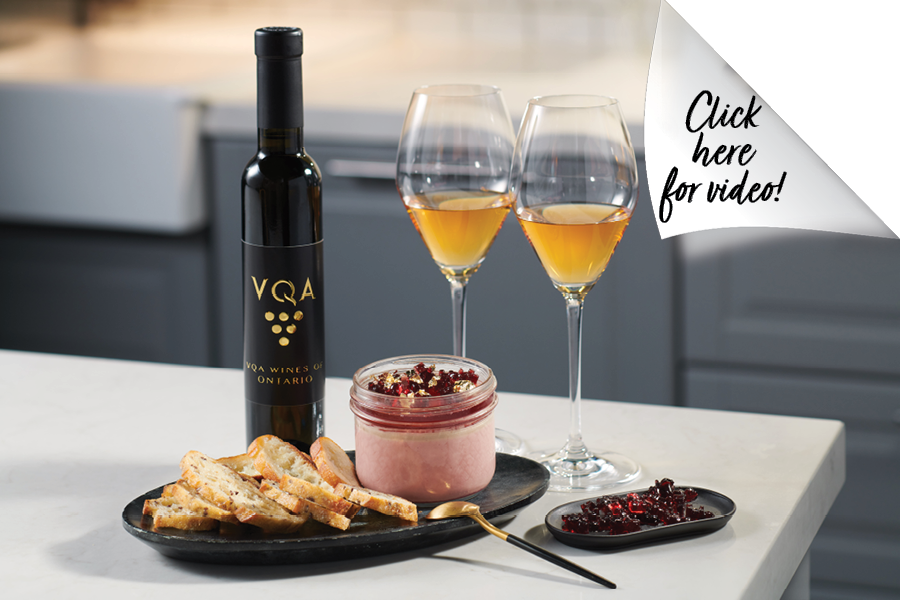
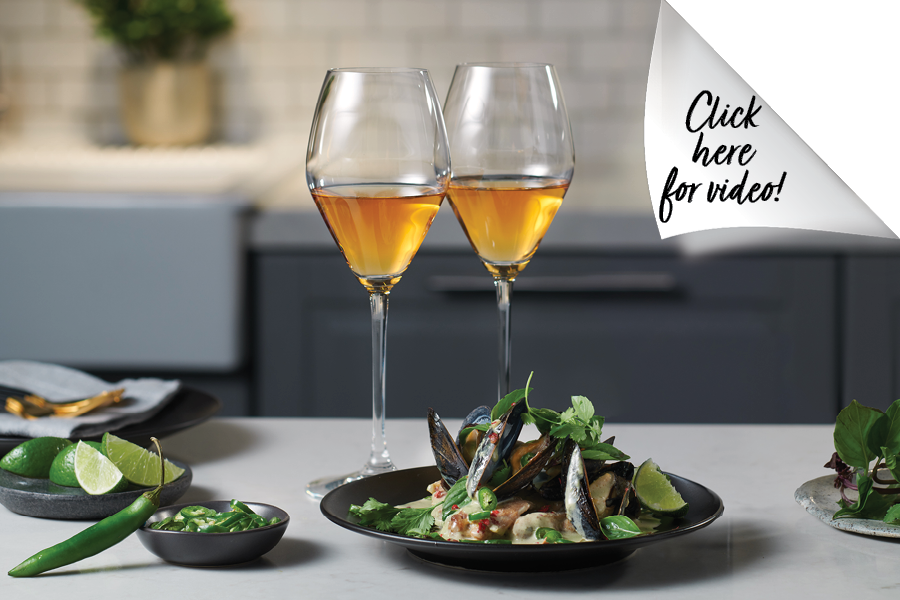
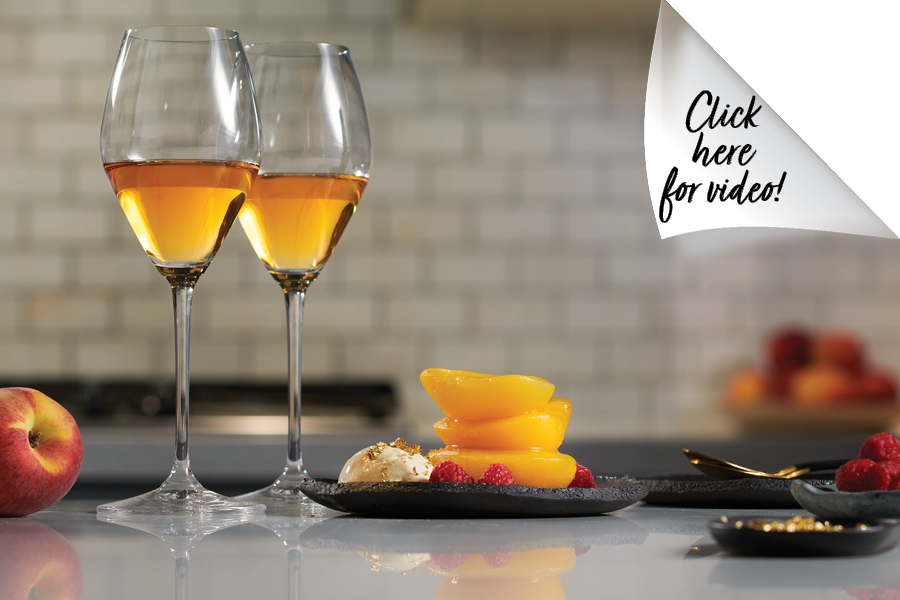
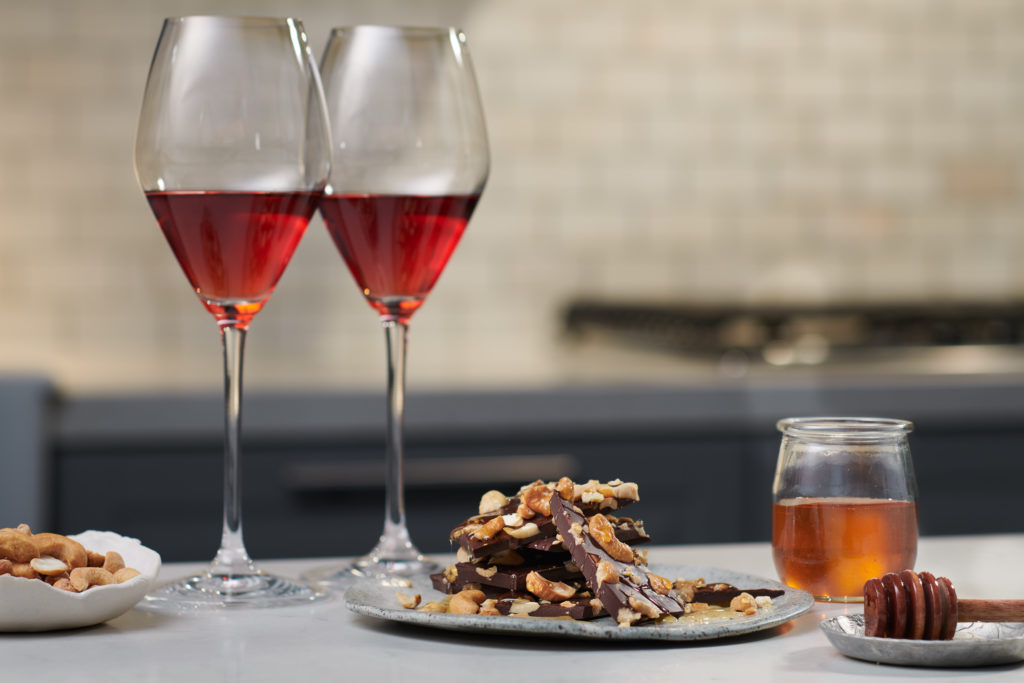
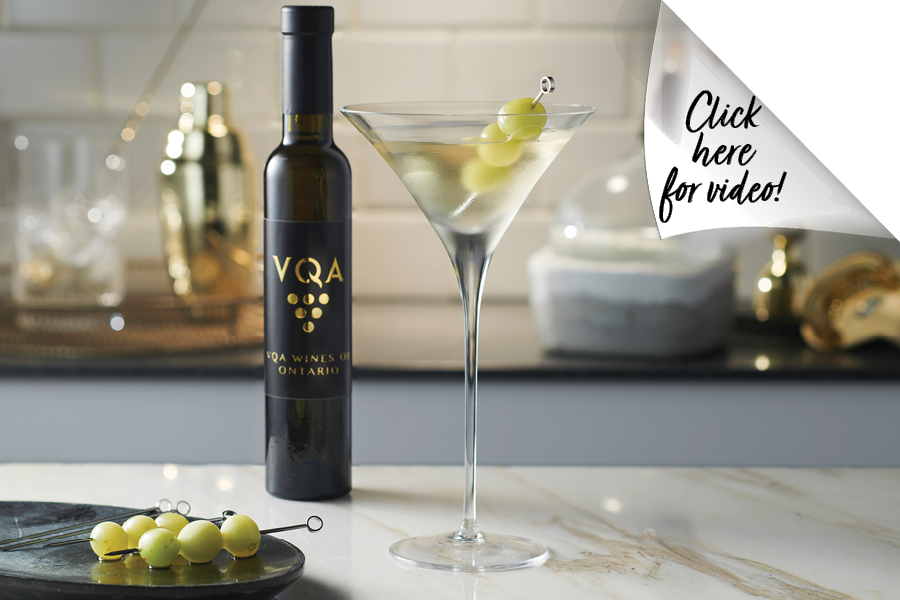

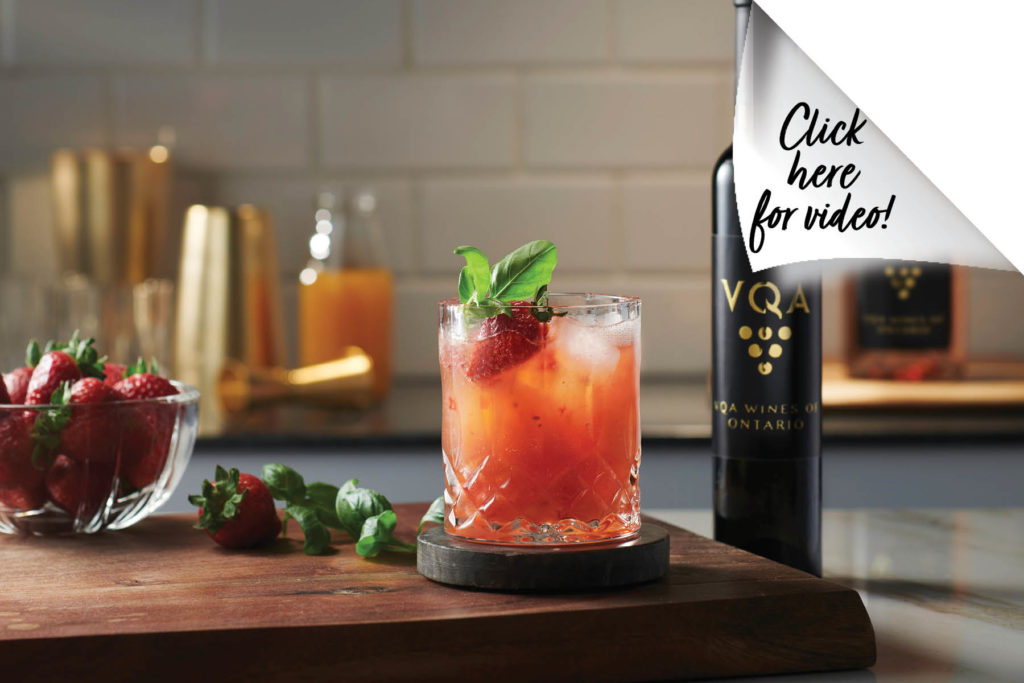
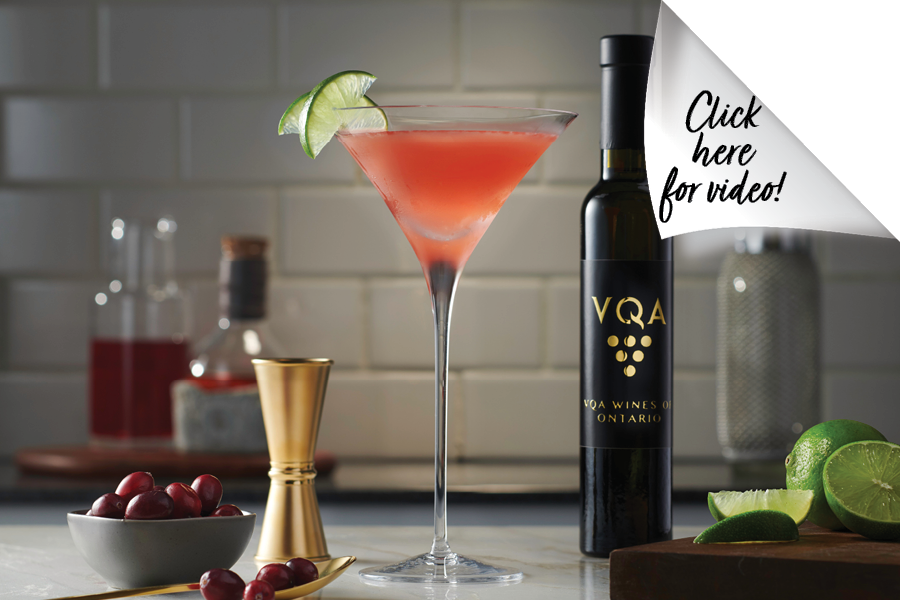
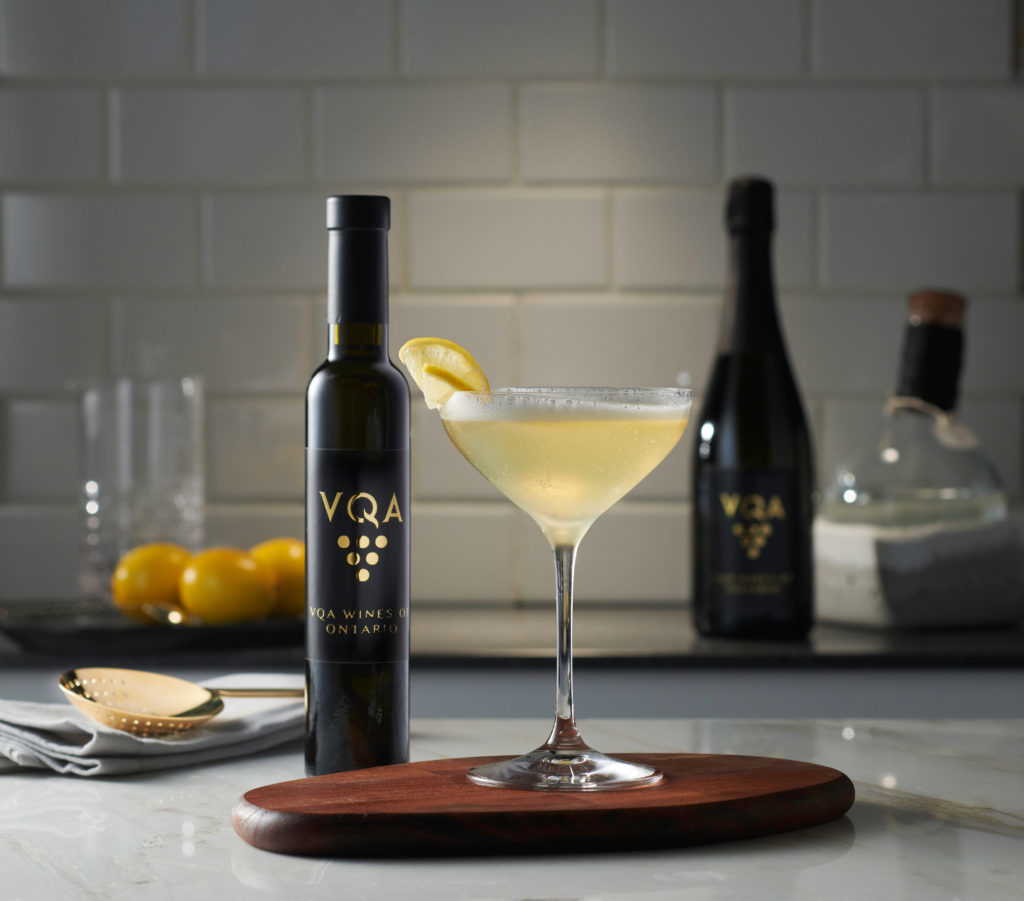
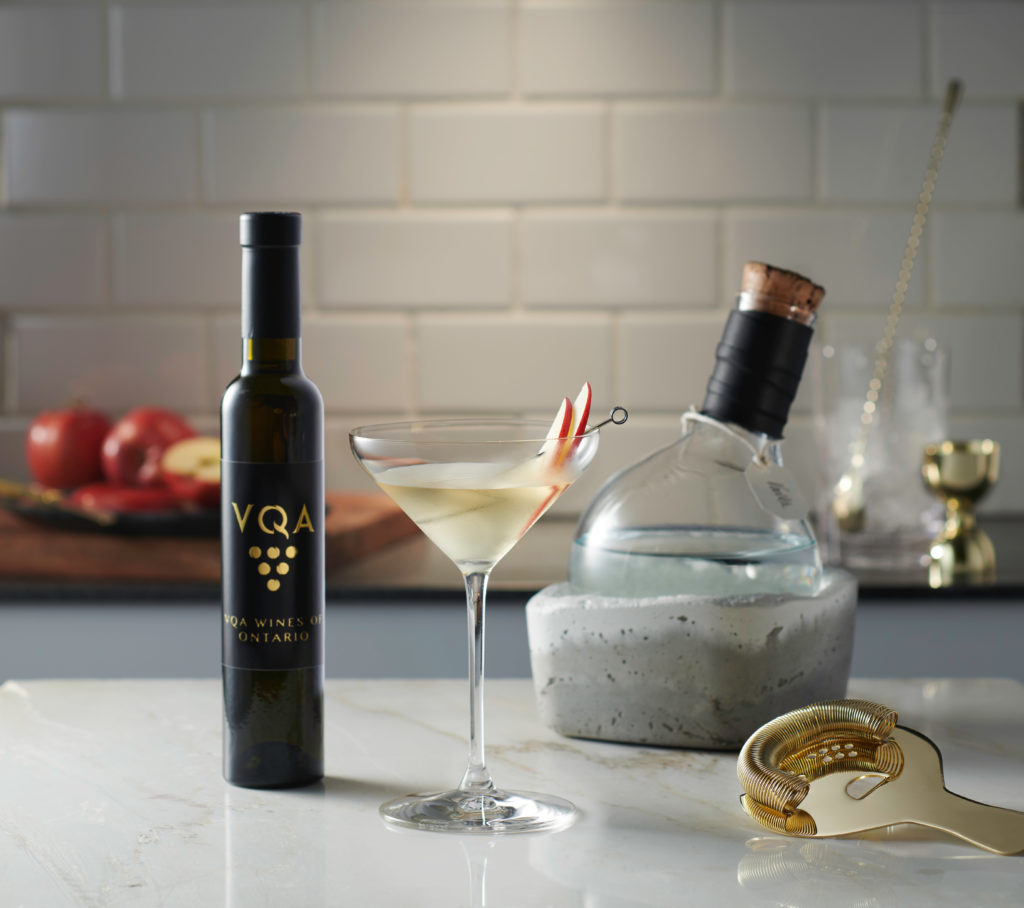
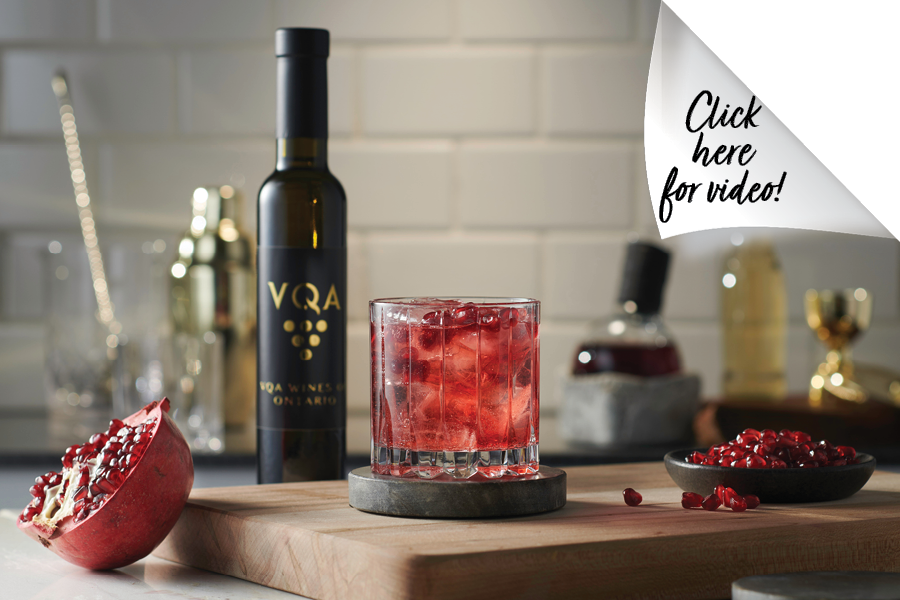
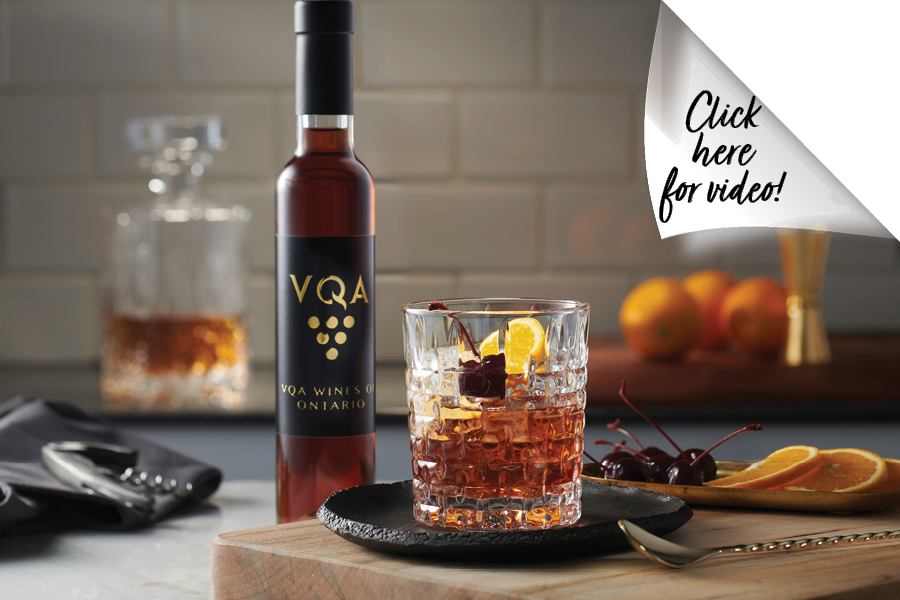
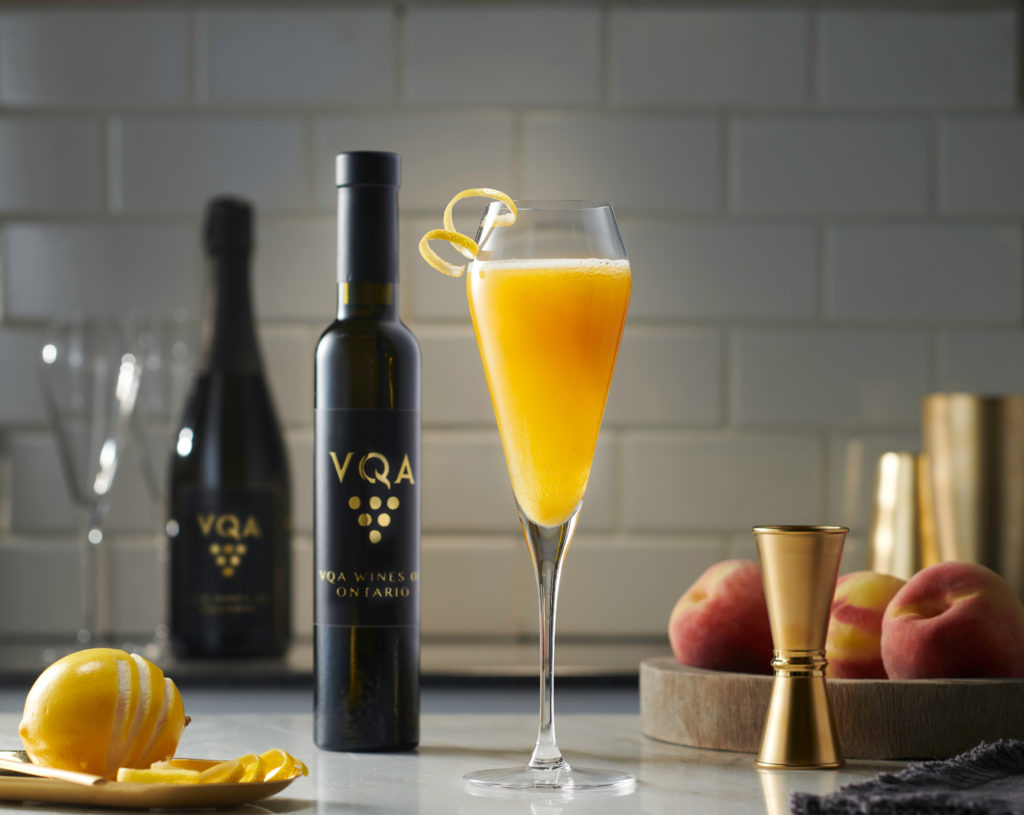
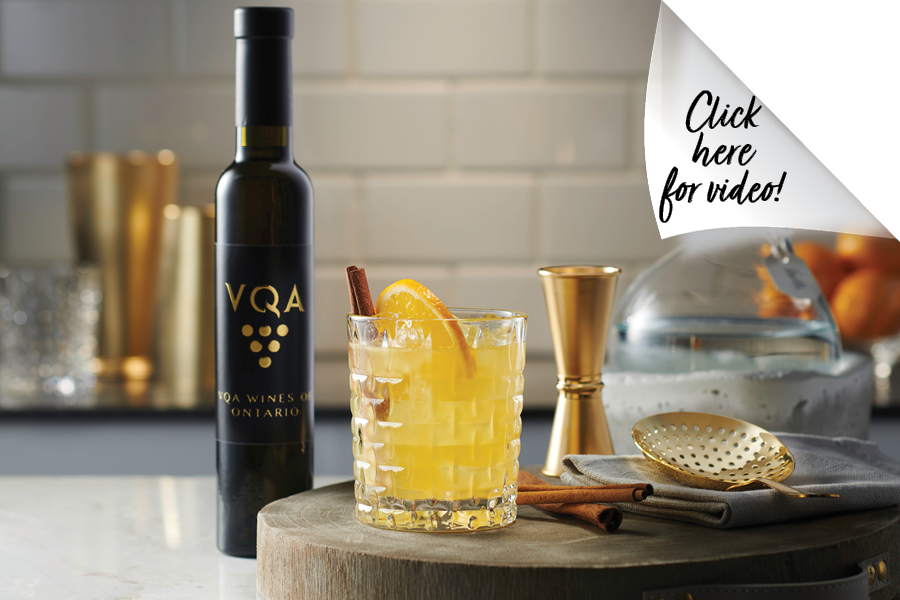

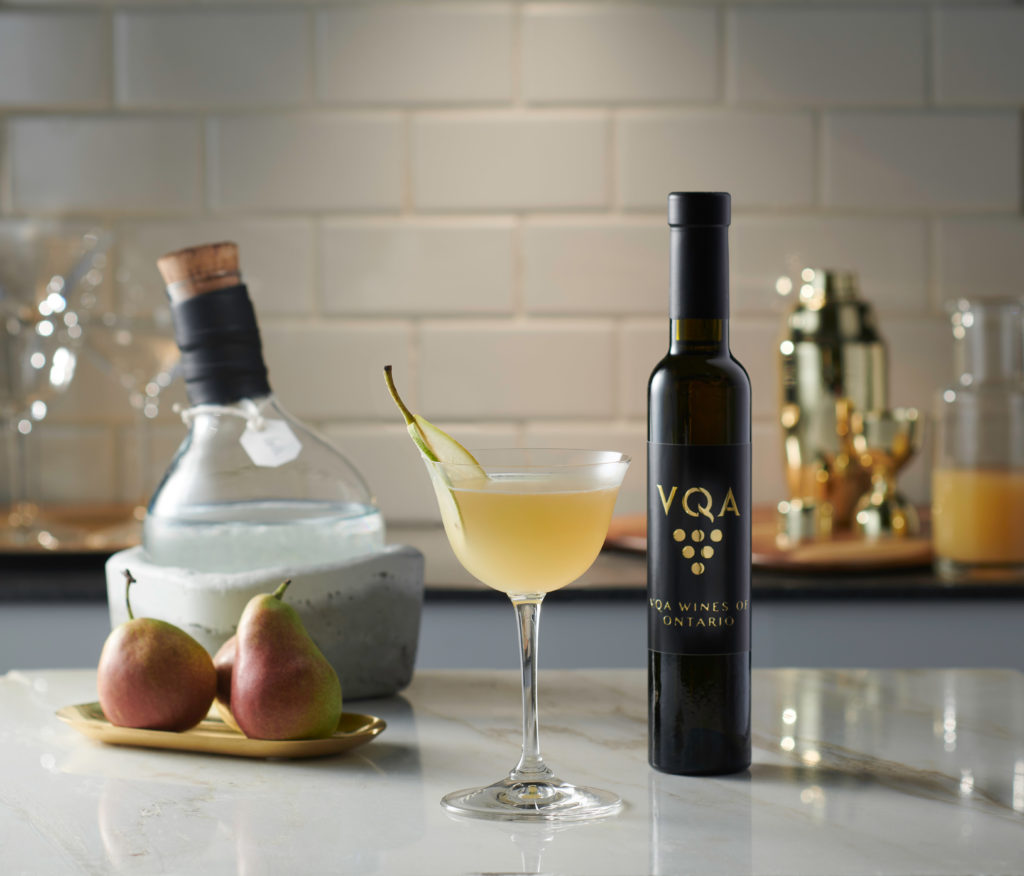
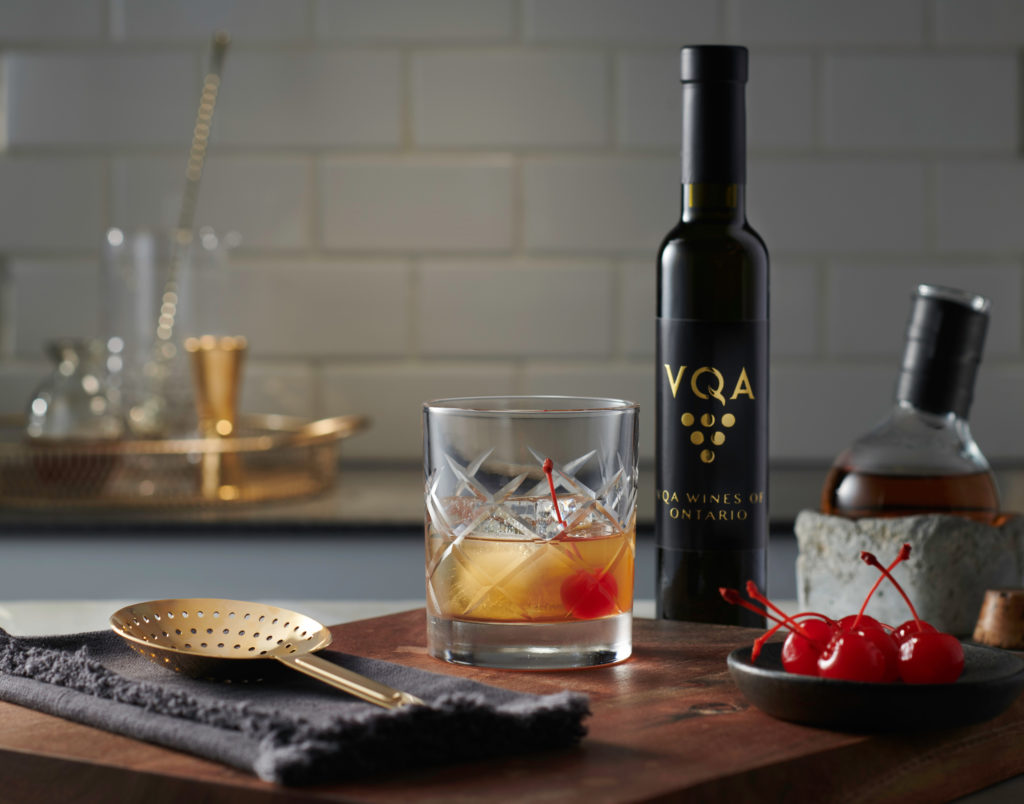
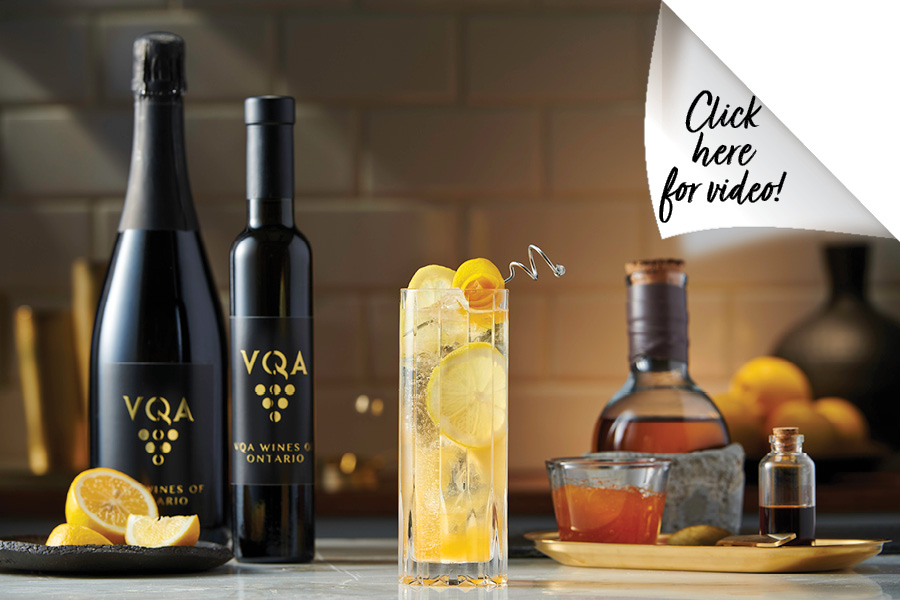
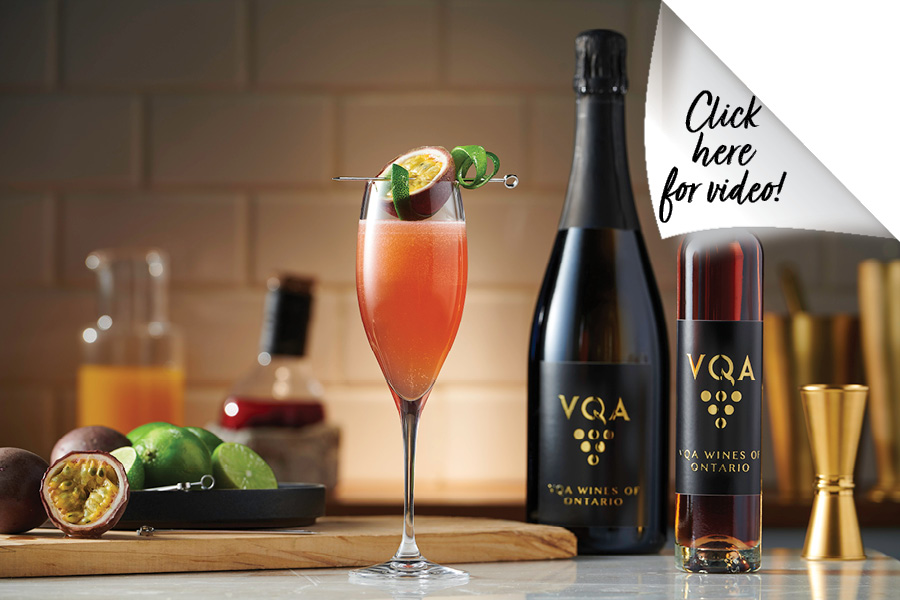
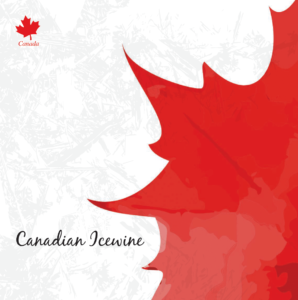 Canadian Icewine Brochure
Canadian Icewine Brochure Icewine Cocktails Menu
Icewine Cocktails Menu